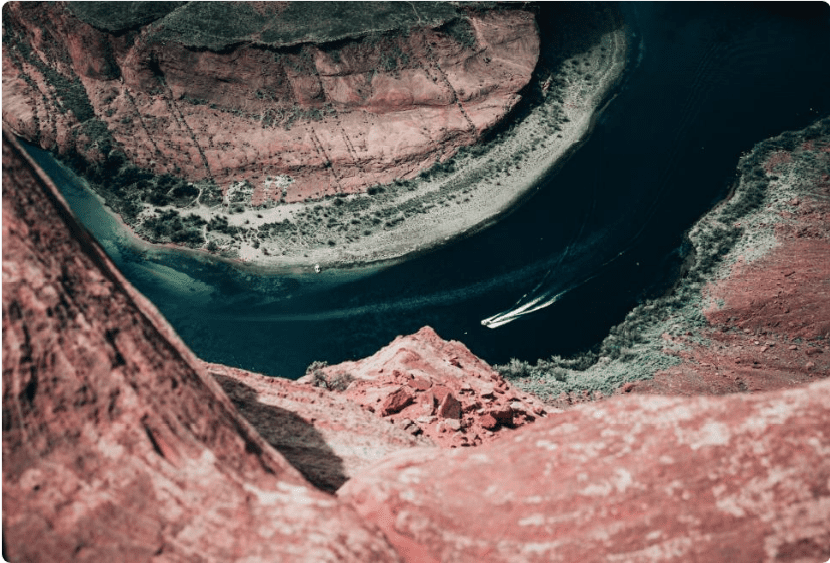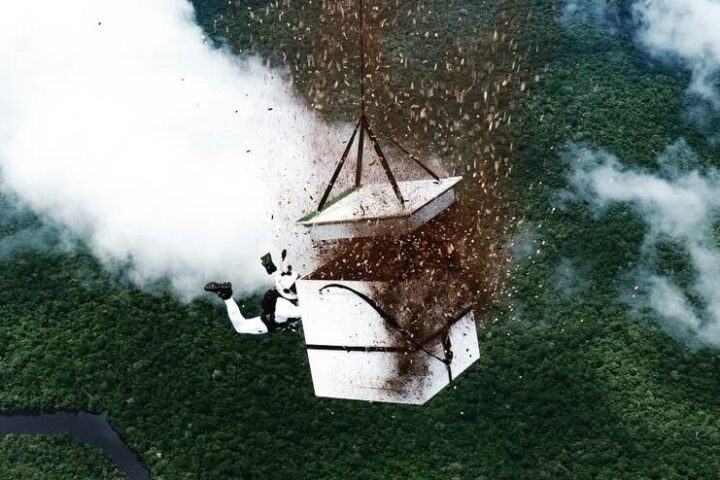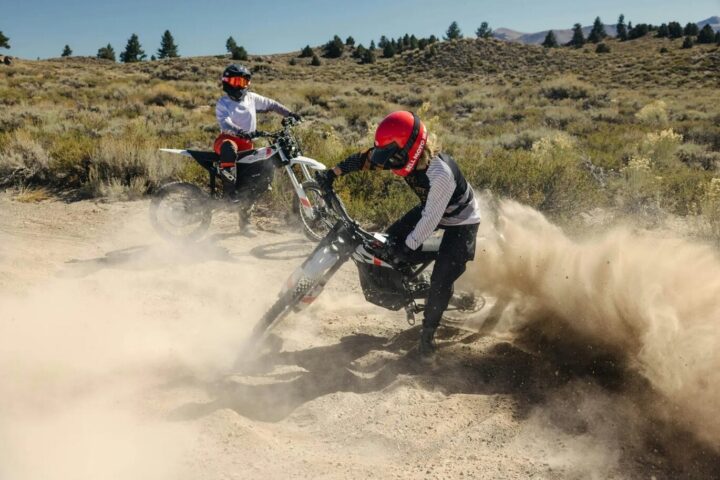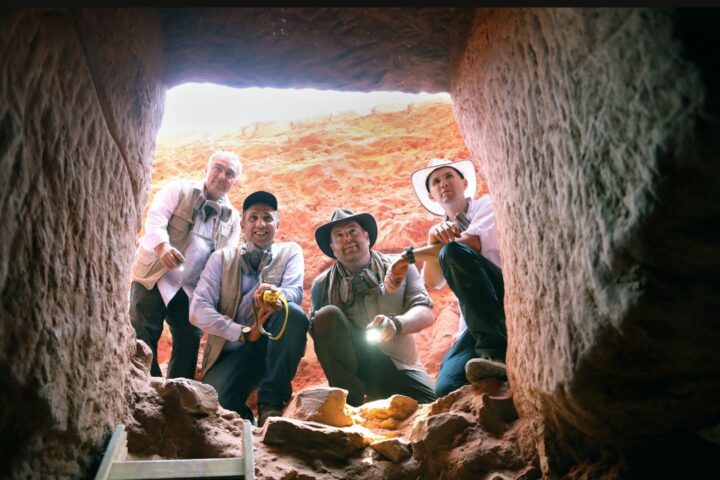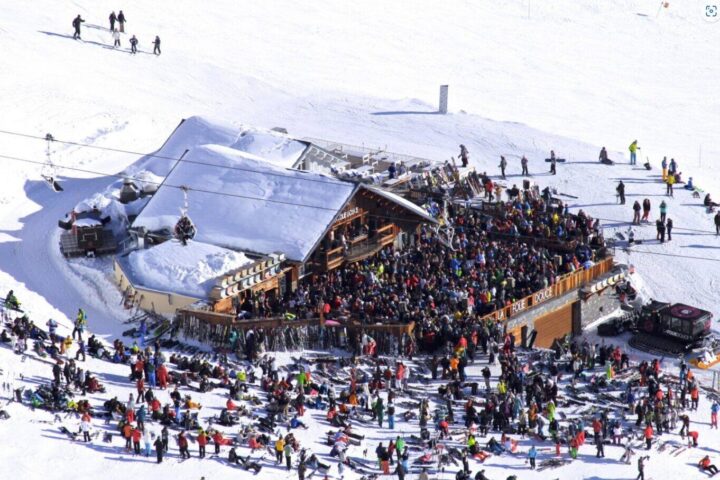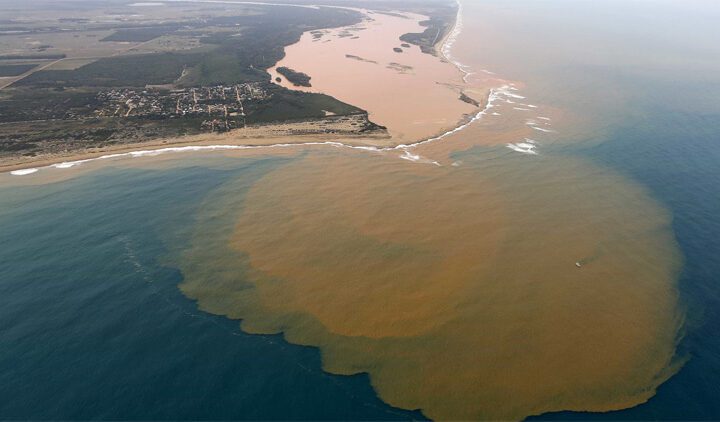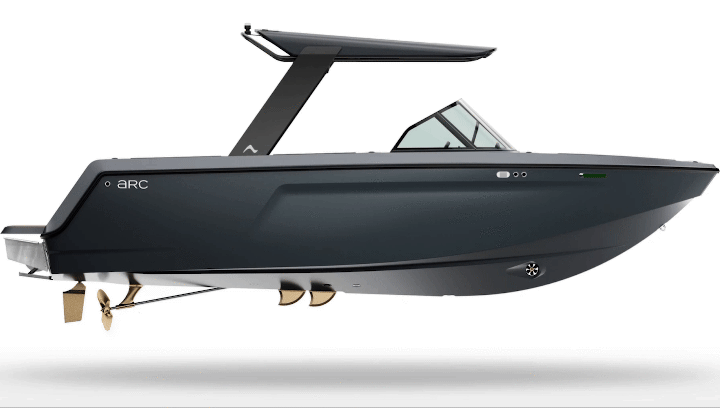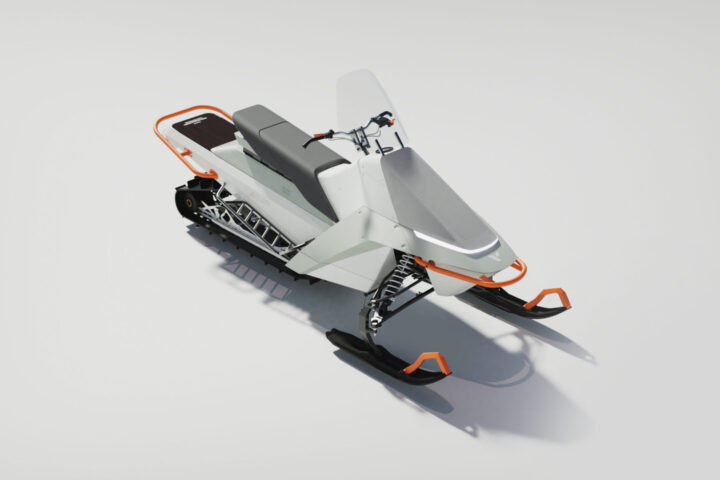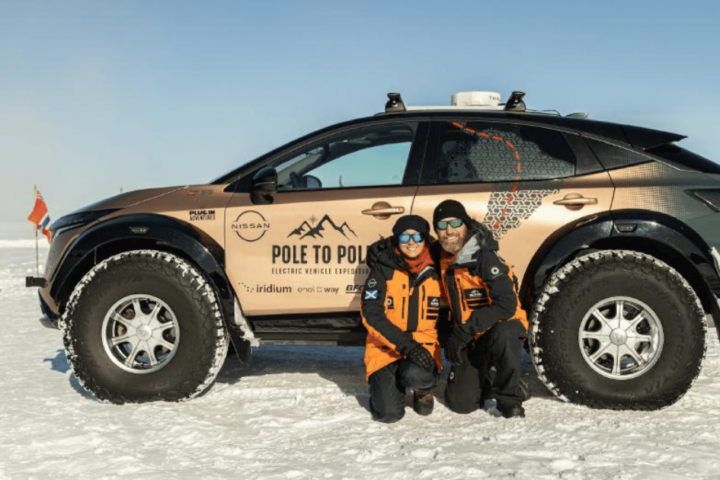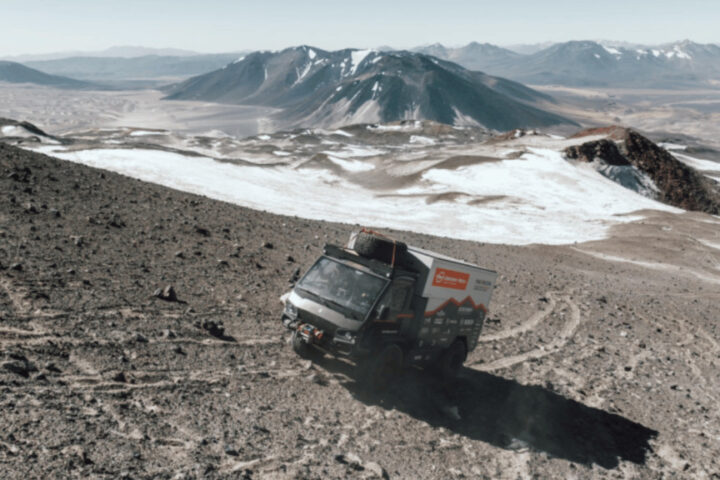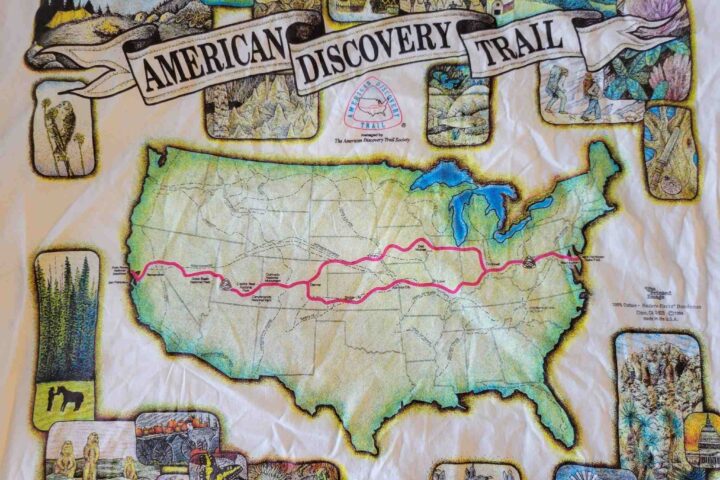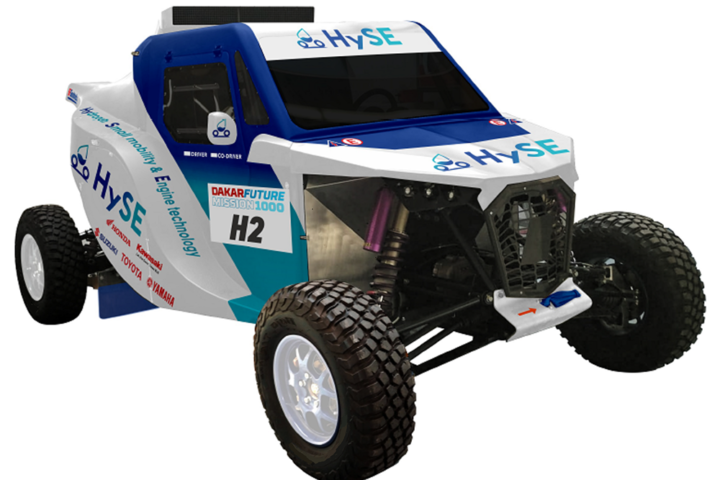Nestled amidst the grandeur of its arid landscapes, Utah reveals a surprising and refreshing side of itself through its rivers. These watercourses, flowing vehemently against the canvas of deserts and mountains, offer one of the most adrenaline-fueled experiences: whitewater rafting. For many, these rivers represent a challenge, for some, a moment of communion with nature, and for others, a journey worth cherishing.
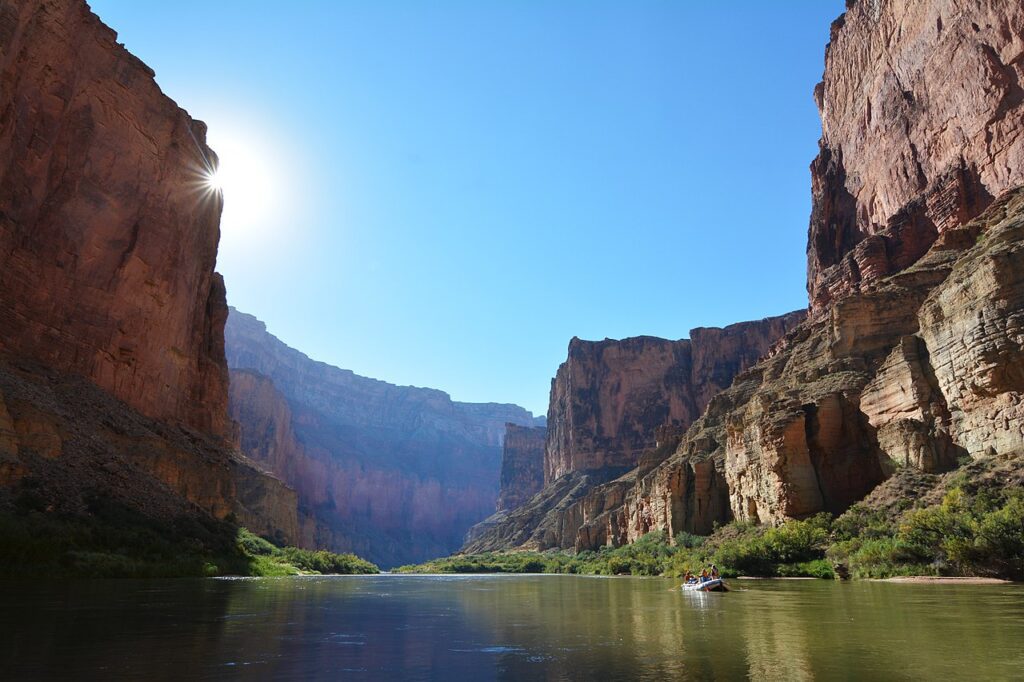
Colorado River: The Epitome of Rafting Excellence
The Colorado River stands as the very embodiment of adventure:
West Water Canyon: As you embark on this stretch, the red sandstone cliffs stand tall as silent spectators. The Class IV rapids, each with its personality, ensure that you’re thoroughly enthralled.
Grand Canyon: Beyond the rapids, it’s an immersive experience into geologic time. Millions of years of history are etched into the canyon walls, telling tales of a time long gone. Rafters not only battle the rapids but also often camp, hike, and explore ancient Native American sites.
Cataract Canyon: Here, the river’s might is on full display. As the Colorado meets the Green River, the rapids turn tumultuous. It’s a playground for the experienced, demanding respect for its unpredictable nature.
Fisher Towers: Amidst all the adventure, Fisher Towers offers a breather. With Class II and III rapids, it allows rafters to revel in the scenic beauty, making it a top choice for family adventures.
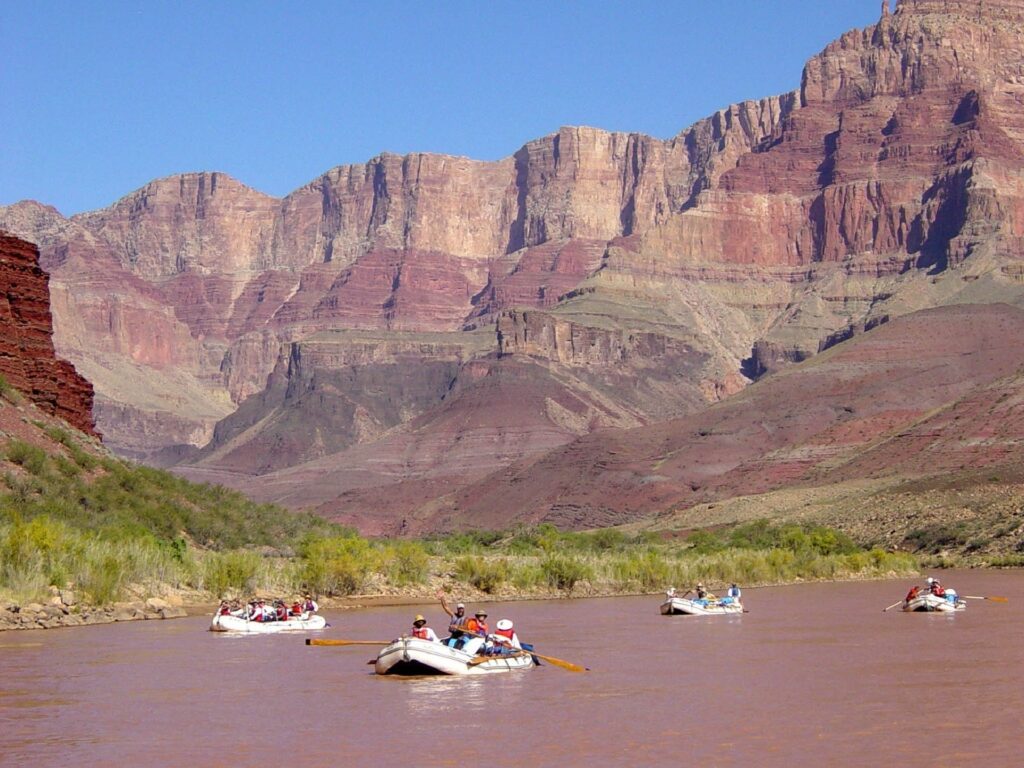
Green River: The Serene Giant
While the Green River may offer a slower pace, its charm is undeniable:
Gates of Lodore: As you drift, the towering canyons and their stunning hues of red and orange paint a serene picture. The echoing silence is occasionally broken by the playful frolic of the river, creating a meditative environment.
Desolation Canyon: An apt name for a stretch that seems untouched by time. Away from the hustle and bustle, the solitude it offers is a balm for the weary soul. Camping under the stars, with the river’s gentle lullaby, is an experience that stays with you.
San Juan River: Time Travel on Water
The San Juan River is more than just rapids:
Upper San Juan: As you maneuver through its waters, ancient rock art and remnants of the Anasazi civilization beckon. These historical sites offer a pause, merging the exhilaration of rapids with a deep sense of wonder.
Lower San Juan: The force of erosion is evident here. The winding river has carved intricate canyons and gorges, displaying nature’s artwork over millennia.
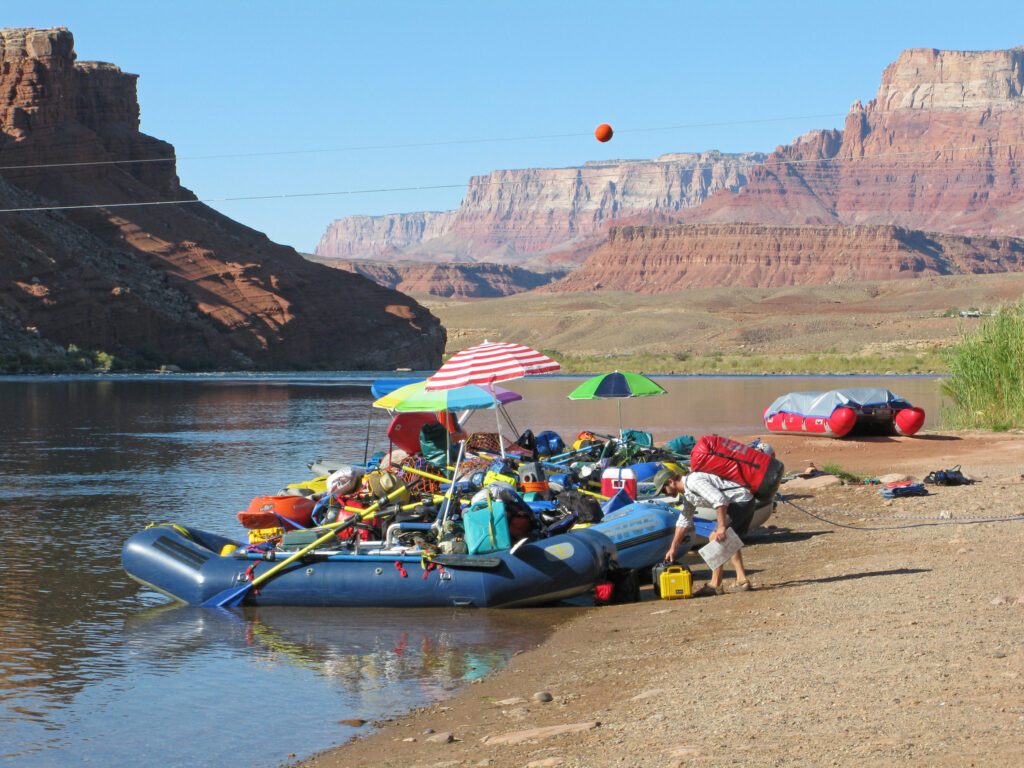
Hidden Jewels: Utah’s Lesser-Known Treasures
Beyond the famous lies the uncharted:
Escalante River: Hidden deep within the state, it’s a testament to nature’s untouched beauty. While its calm facade is inviting, the river’s temperament, swayed by snow melts, can change rapidly.
Weber and Provo Rivers: Perfect for a weekend getaway. The rapids are beginner-friendly, but it’s the unique rock formations and the surrounding flora and fauna that truly captivate.
Dolores, Blacks Fork, and Price Rivers: A mosaic of challenges and serenity, each river promises a unique tale. Whether it’s the treacherous undercurrents of Dolores or the swift springtime rapids of Price, adventure awaits.
Virgin River: Utah’s Hidden Melody
The Virgin River is a song of nature:
La Verkin to Hurricane: A harmonious blend of Class III rapids and placid stretches, offering moments of thrill followed by stretches of tranquility.
Timpoweap Canyon and Virgin River Gorge: An expert’s haven, these segments are challenging, interspersed with pockets of serene beauty.
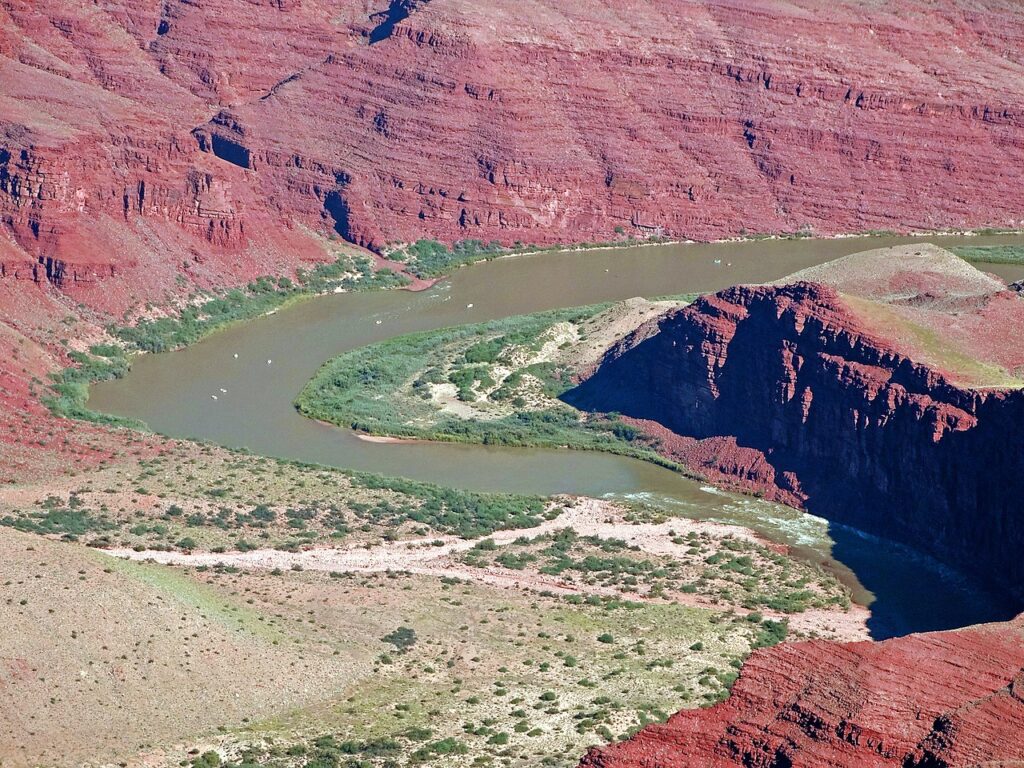
Essential Tips for a Safe Expedition
Whitewater rafting, while exhilarating, demands caution:
Stay Informed: Nature’s moods can be unpredictable. Regular updates on river conditions and weather forecasts are crucial.
Adhere to Permit Protocols: Beyond legality, permits ensure the environment is respected and preserved. Stick to designated camping spots, minimize waste, and practice a leave-no-trace philosophy.
Equip Well: High-quality gear is a life-saver. Ensure regular maintenance checks and always wear safety equipment.
Similar Post
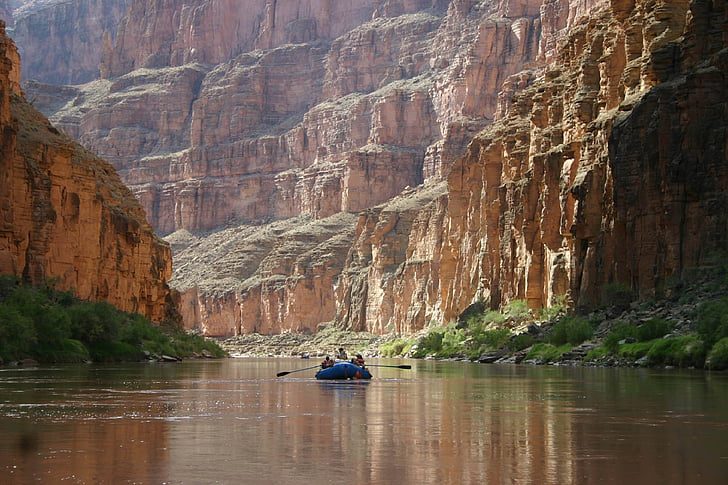
Unraveling the Mystery: The Classification System
Whitewater rapids are graded based on their difficulty. This classification system aids rafters in understanding the risks involved:
Class I: Think of a calm lake with the occasional ripple, perfect for beginners to familiarize themselves with the water.
Class II: These are friendly waves, maybe a few obstacles. A wonderful introduction to the rhythmic dance of the river, yet challenging enough to offer a slight thrill.
Class III: Here, the river starts showing its might. The rapids are more frequent and unpredictable, requiring the rafter to stay alert and focused. Often, these rapids can be characterized by their narrow passages and the need for precise maneuvering.
Class IV: This is where things get serious. Rapids are intense, demanding respect and skill. At this level, scouting is often recommended to navigate safely.
Class V: It’s an intricate ballet of power and chaos. There’s a high level of risk involved, with turbulent waters, large rocks, and often towering waterfalls. It’s crucial to have an experienced guide and team.
Class VI: The edge of navigability. Tackling these rapids requires a masterful understanding of river dynamics, elite skills, and is often considered a life-threatening endeavor.
Final Reflections: Embracing Utah’s Liquid Labyrinths
Utah’s rivers offer more than just adventure; they’re an immersive experience. They challenge and caress, terrify and soothe. With every rapid conquered, a memory is created, a tale is woven. And as the sun sets on the horizon, casting a golden hue over the water, one realizes that the journey was not just about battling the waves, but also about embracing nature’s multifaceted beauty.
